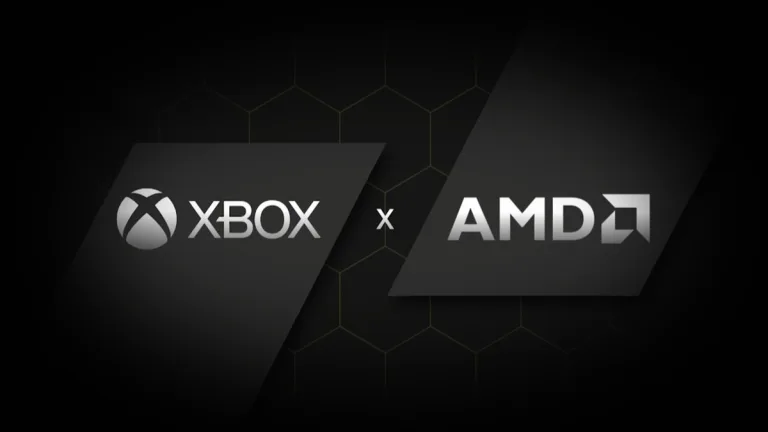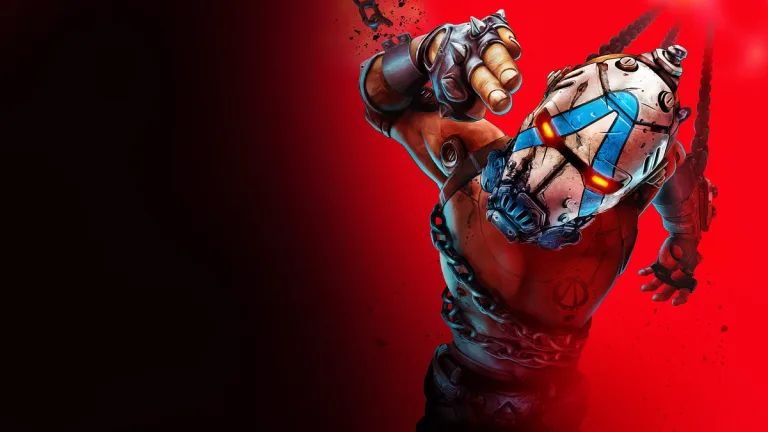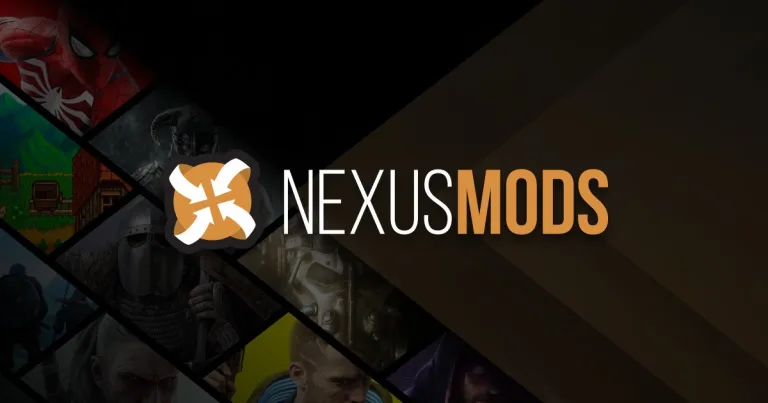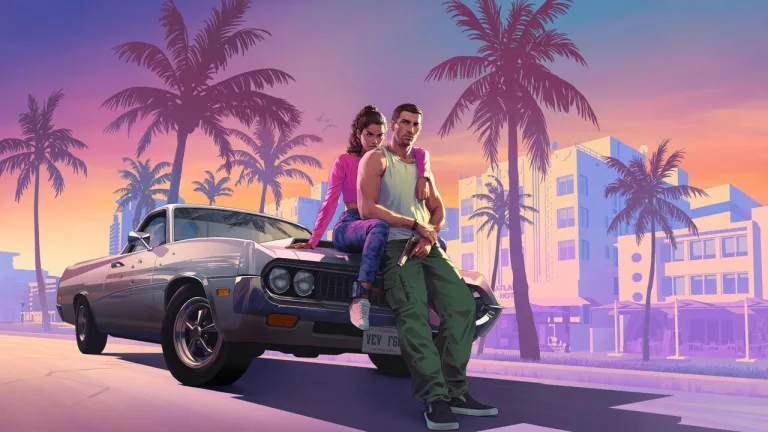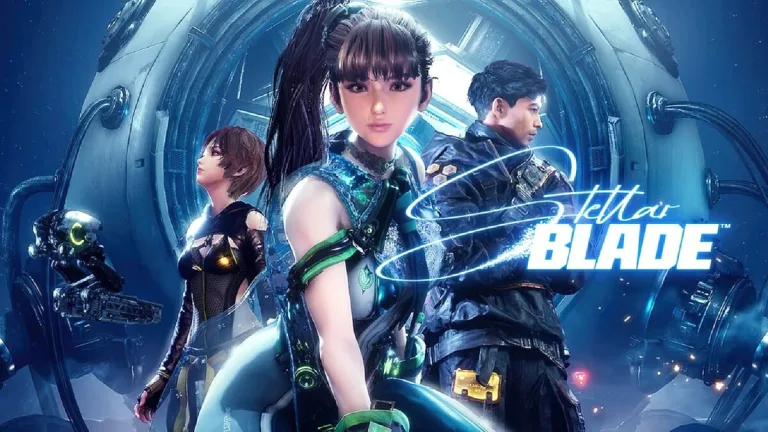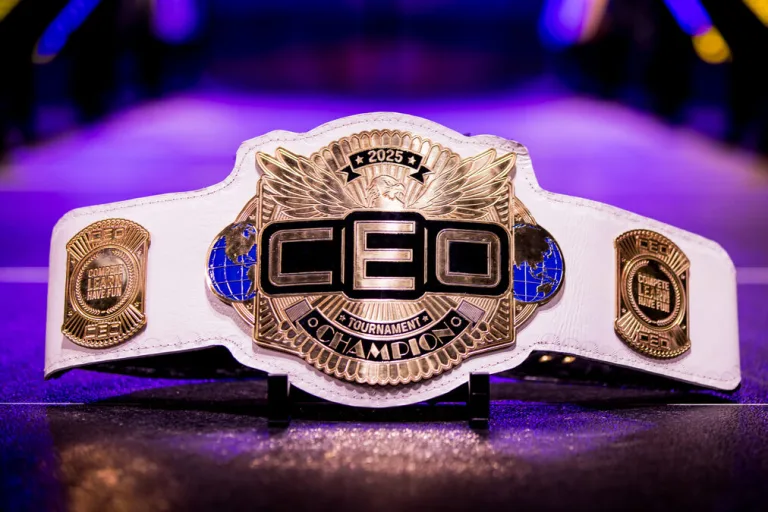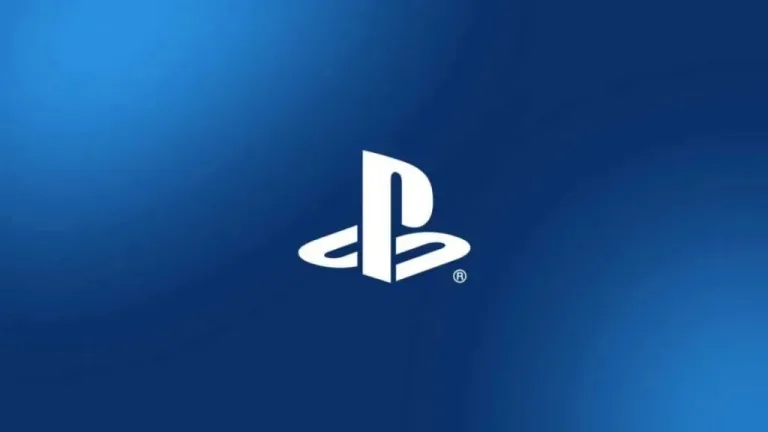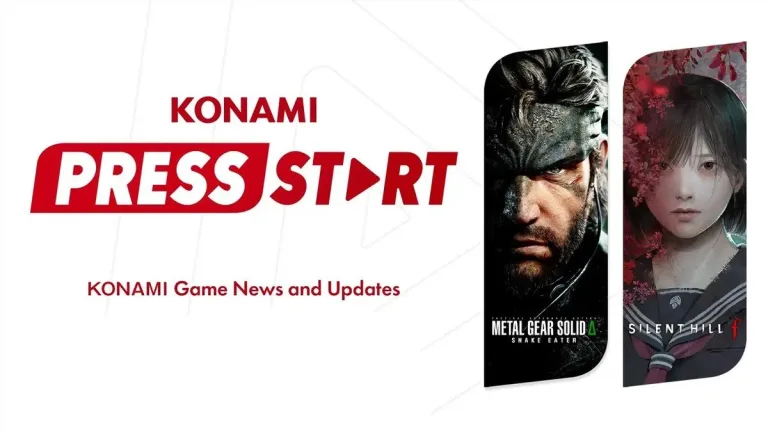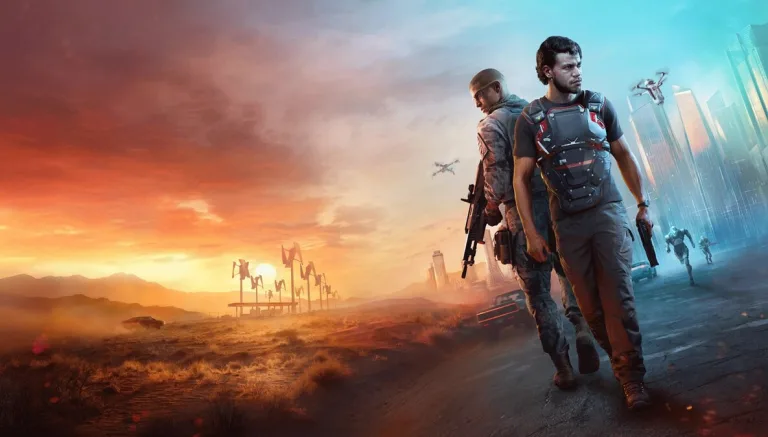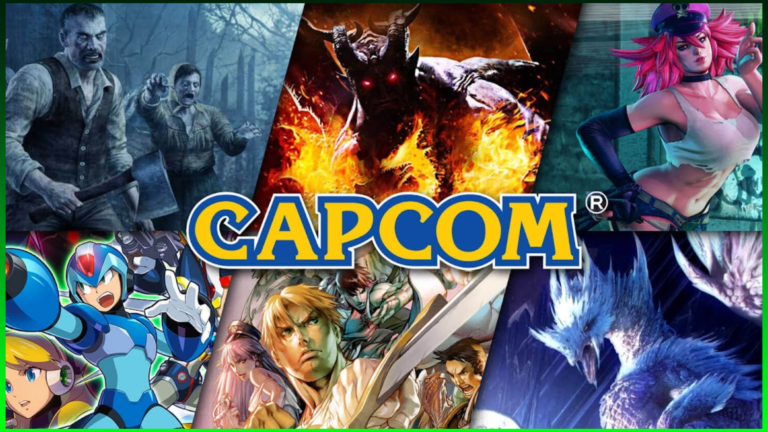Twenty years ago, Microsoft and AMD embarked on a journey that would redefine console gaming. From the...
Month: June 2025
Borderlands 4 is gearing up to be one of the year’s biggest looter-shooters—and Gearbox has finally peeled...
When a platform becomes synonymous with an entire hobby, its sale marks more than a business transaction—it...
In the world of gaming, few titles carry the weight and anticipation of Grand Theft Auto VI....
Stellar Blade exploded onto the scene as a PlayStation 5 exclusive in April 2024, winning hearts with...
CEO 2025 returned to Orlando, Florida (hosted at the Rosen Shingle Creek) from June 13–15, marking its...
This week’s Sony Investor Day wasn’t just another earnings call—it was a full-throttle, 360° look at how...
Konami’s legacy of groundbreaking titles takes center stage once again. The Press Start livestream was a short...
MindsEye was marketed as the sleek “next-gen action adventure” from Rockstar veteran Leslie Benzies. Early trailers flaunted...
Capcom just clocked its fourth consecutive year of record‐breaking earnings, and two surprisingly “small” line items did...


